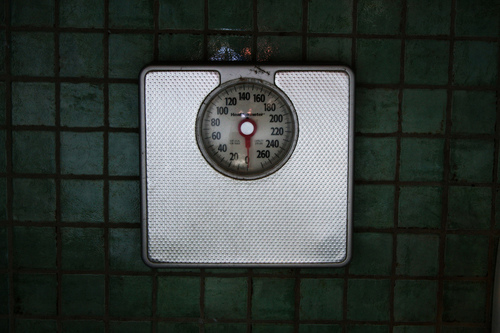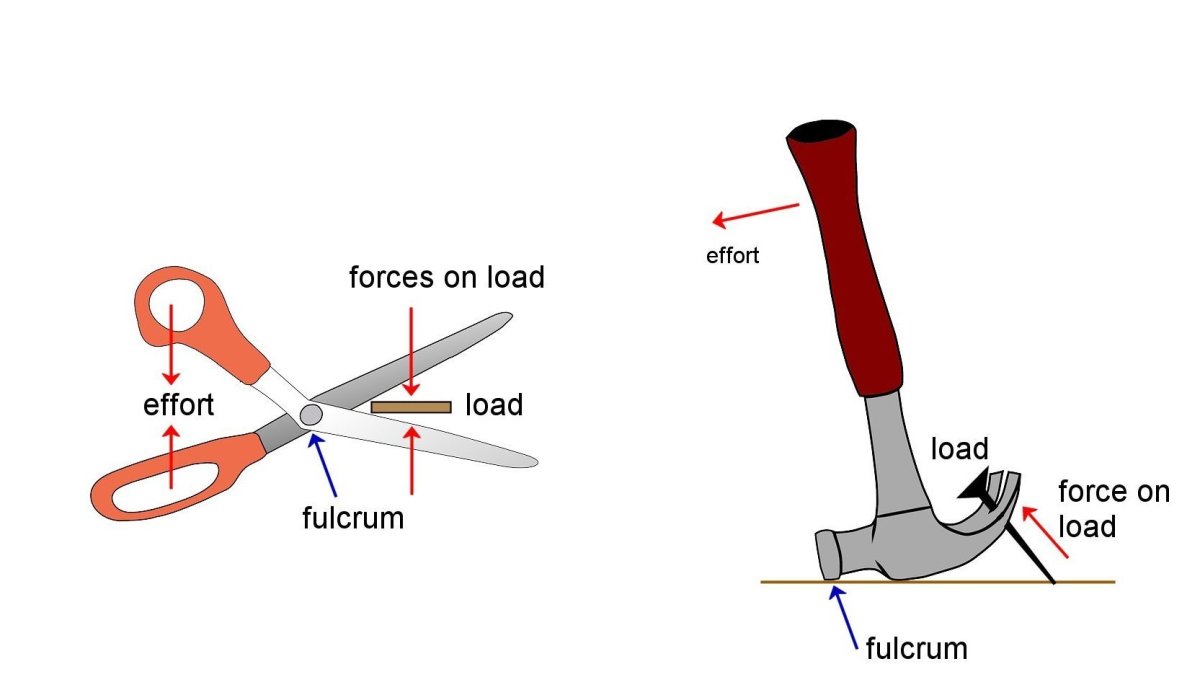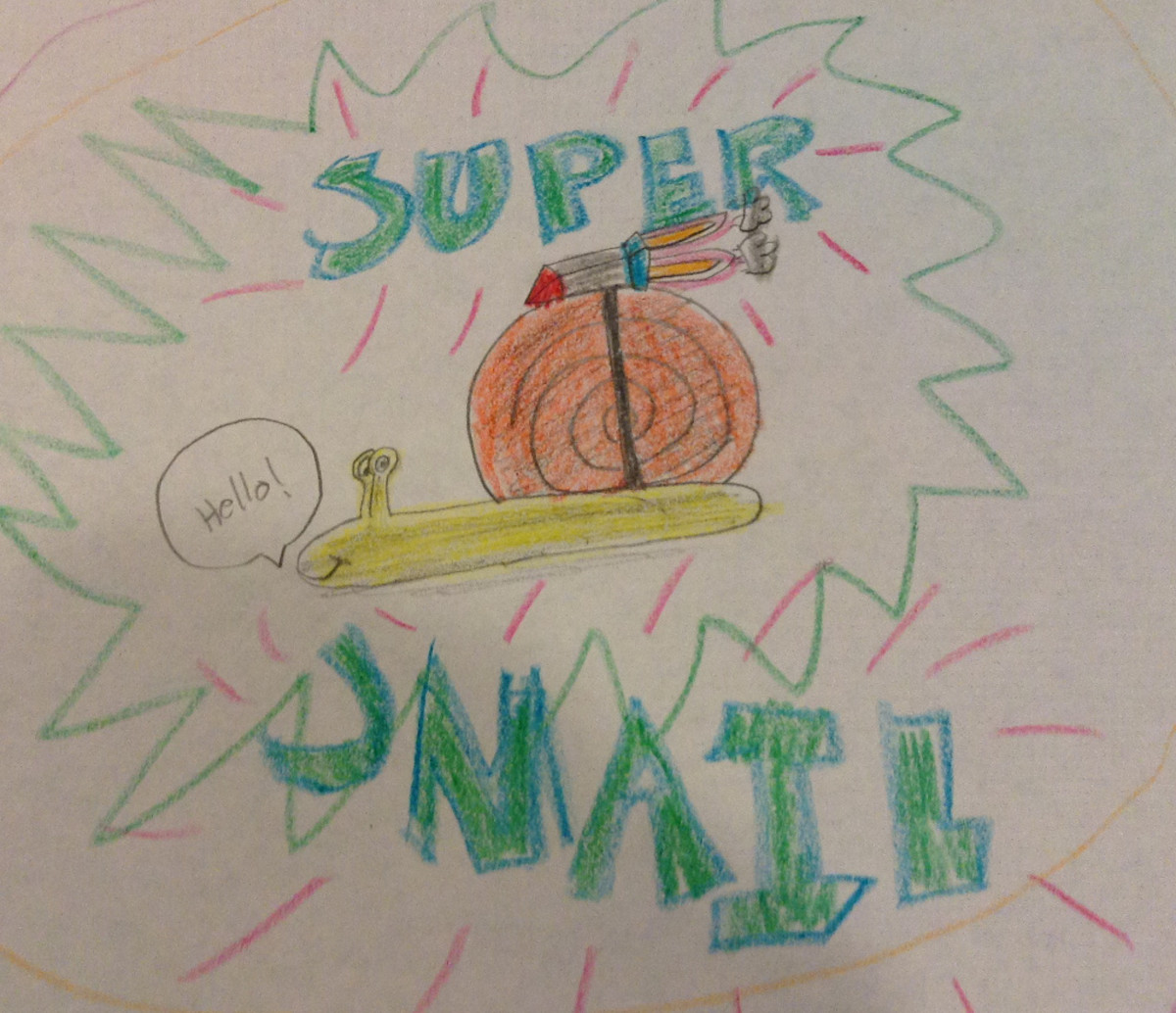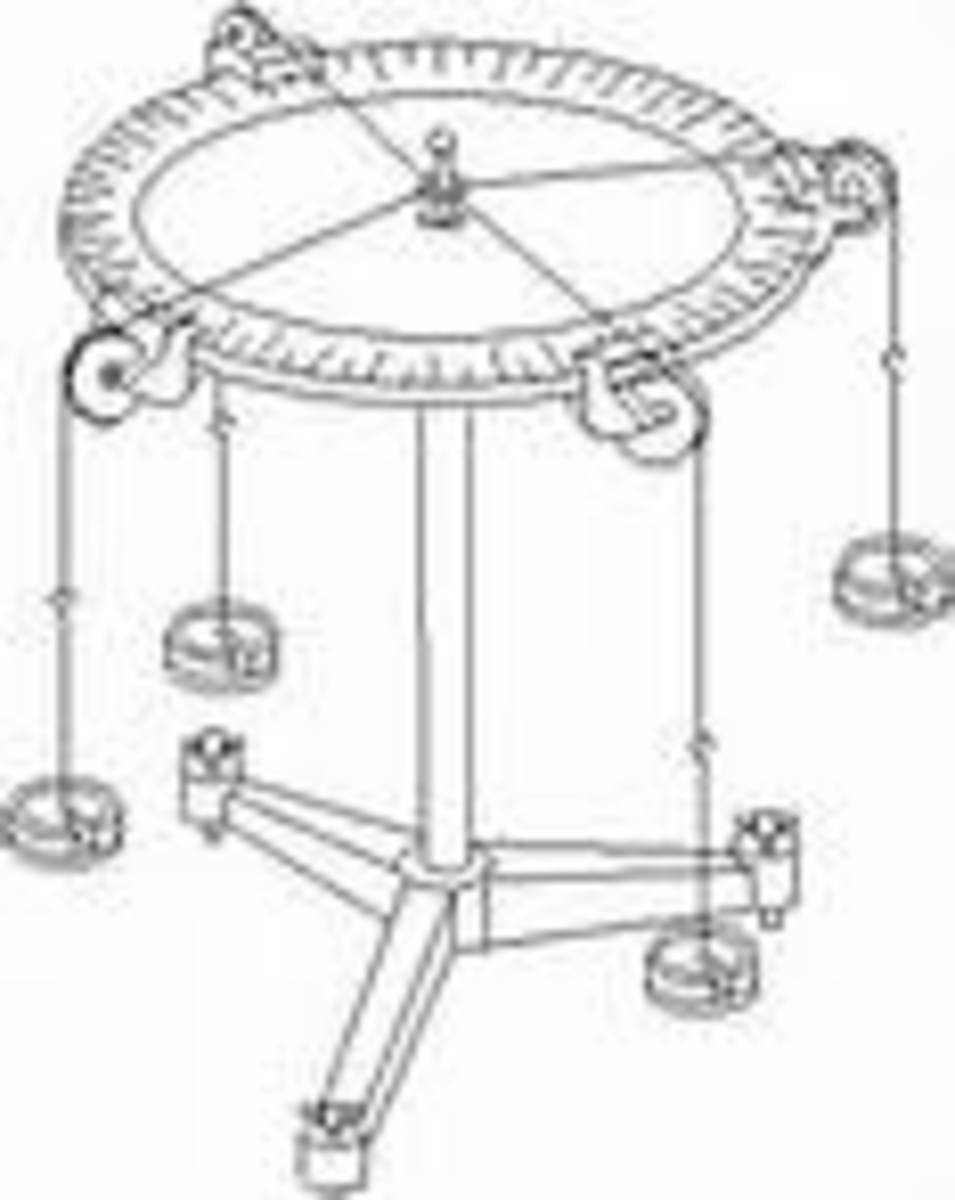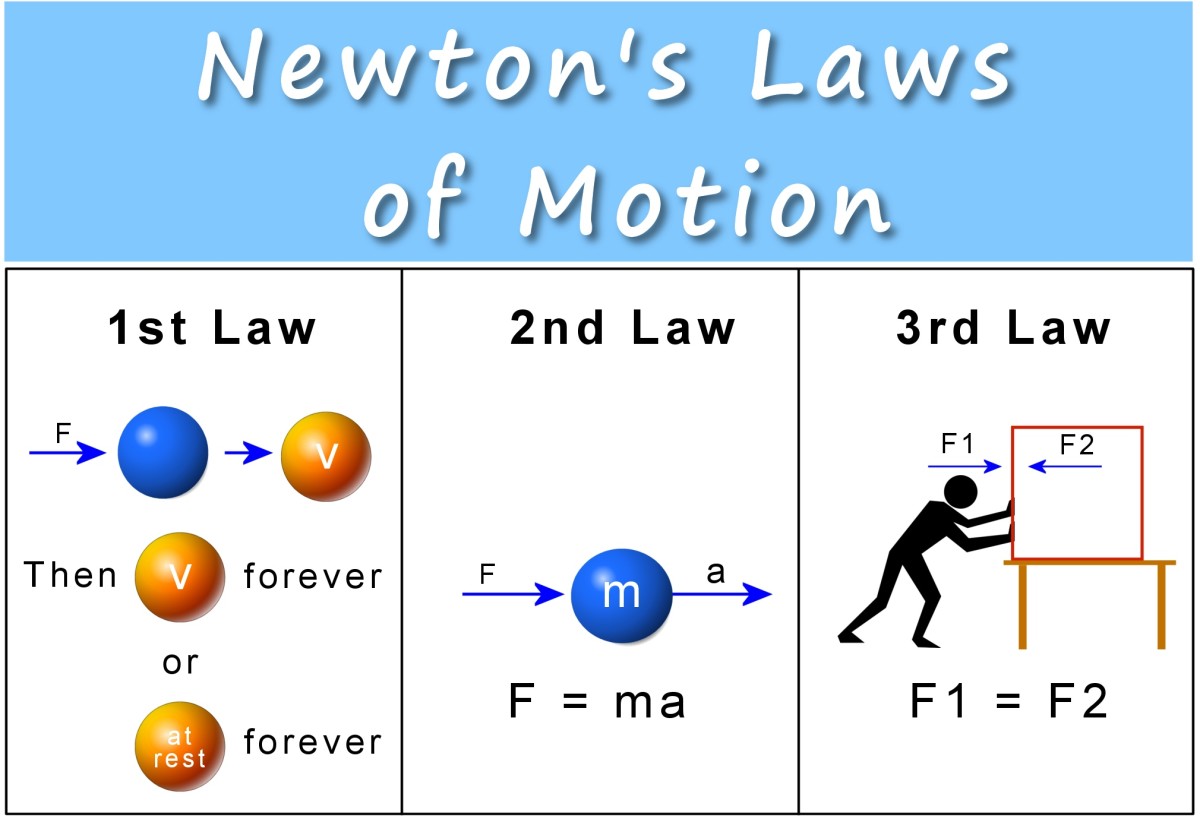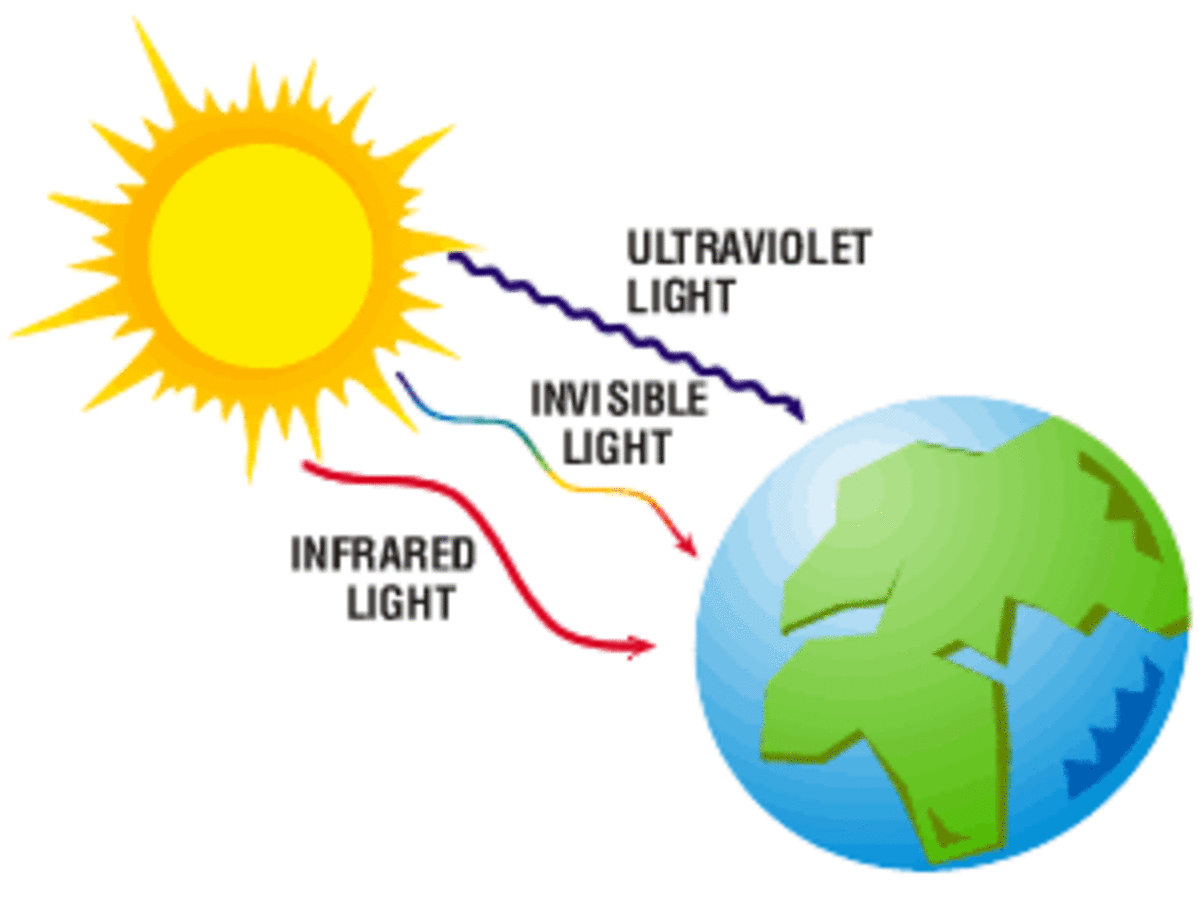Fast and Easy Science Fair Projects: Balance the Books





First-class lever, a simple machine
Purpose: How can you manage to raise something that is too heavy for you to lift or that you want to lift using less force?
Overview: Simple machine is a term used in physics to refer to a group of tools that make it easier to do work. Levers inclined planed, pulleys, wedges, screws, and wheel-and-axles are examples of simple machines.
With the simple machine called a lever, movement of a bigger distance provides a stronger force at the other end, but moving over a smaller distance. This is done by placing a support called a fulcrum under a long shaft or board. When the fulcrum is placed closer to the load (the object to be moved), it is called a first-class lever (there are three classes of levers). A pry bar is an example of first-class lever tool.
See the first-class lever drawing below. A push down on the end of the lever that extends farther out from the fulcrum will yield a gain in force at the other end. However, a much greater distance is covered in order to raise the object only a small distance.
Hypothesis: It takes less effort to lift a group of heavy books with a first-class lever than to lift them by hand.
You need:
- 7 heavy books (encyclopedia volumes, for example)
- 1-by-4 piece of lumber, 4 feet (120 cm) long
- rope
- bathroom scale
- clock or watch
Procedure: To get an idea how hard it is to lift a heavy book against gravity, pick up a heavy book while keeping your arm straight, then hold it at arms length for one minute.
Gather seven heavy books (Encyclopedia volumes, for example). Tie sic of the seven books together with a piece of rope. Place them on a bathroom scale to see how much the group of books weights.
Place the one loose book underneath the board, about one foot (30cm) from an end. The book will be the fulcrum. Place the end books on the board at the end nearest the fulcrum. Press down on the other end of the board.
Were you able to raise the pile of books with little effort? Even though they were only raised a short distance, it would have been much harder to lift the books the same distance straight up off the ground yourself. Remember putting them on the scale?
Results and Conclusion: Write down the results of your experiment. Come to a conclusion as to whether or not your hypothesis was correct.
Something more: 1. If you have a small brother or sister, remove the pile of books and have him or her sit on the board, and use the lever to raise the load.
2. Is it harder to lift an object as you move the fulcrum farther away from the load and closer to the end where the effort (the force) is being applied?
Related Pages:
- Watt?
Comparing light output and power consumption Purpose: Determine if a 50-watt light bulb gives off as much light as two 50-watt bulbs. Overview: Incandescent light bulbs, the kind used in most household... - Up to Speed
Acceleration in a bottle Purpose: To show changes in rate of speed. Overview: Acceleration is an increase in speed. Physicists define it as a measure of rate of change of velocity over time. To accelerate... - Hot rocks
Heat transfer from one medium to another Purpose: Is there a good way to store solar heat, and release it slowly over time? Overview: Did you ever touch a rock that has been baking in the sun on a... - Rub the Right Way
Friction and surfaces Purpose: Compare the friction on a dry surface to one coated with oil. Overview: Friction is the resistance to motion when two tings rub together. Friction is often undesirable. It... - Swinging Good Time
Pendulum motion Purpose: The properties of pendulums will be investigated. Overview: When a weight is hung by a wire or a string that is tied to a fixed point ( a point that doesn't move), it is called a...





